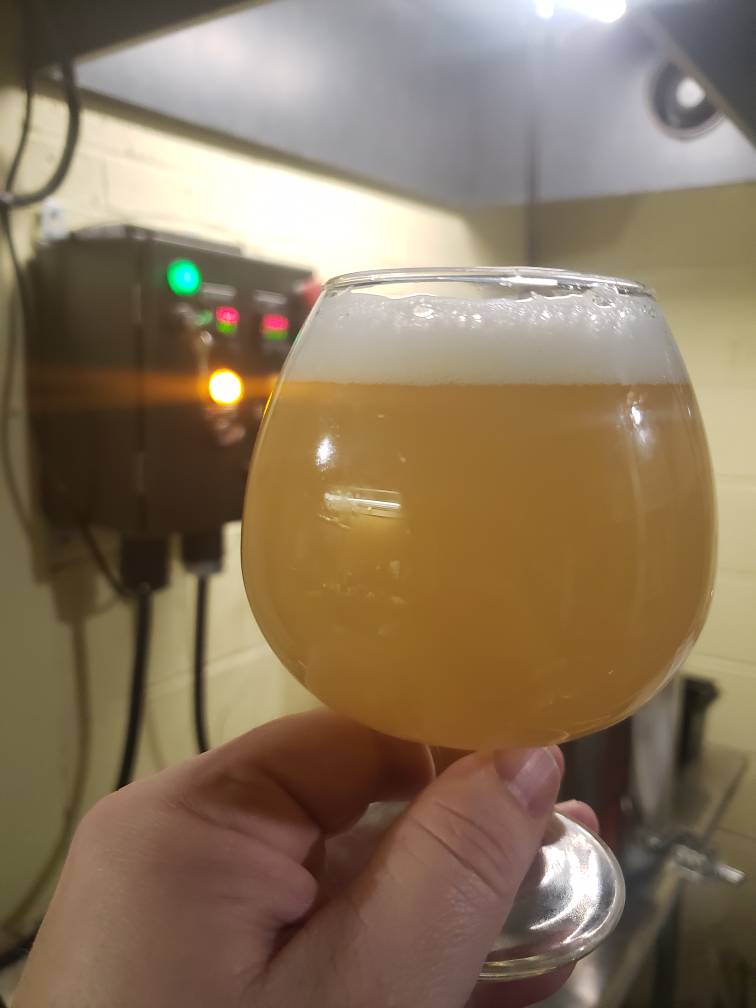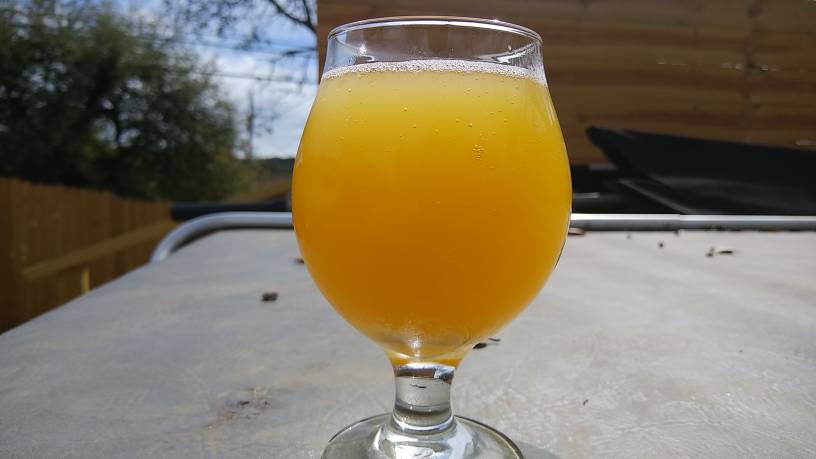isomerization
Well-Known Member
- Joined
- Feb 27, 2017
- Messages
- 1,422
- Reaction score
- 890
Never really thought about that. You got a point there. But yeah, I’ve been pulling it off the mash.
*Edit...I guess that’s the wrong answer. I have thought about it, briefly.....with everything like the stir bar and flask sanitized beforehand, I’ve always been willing to accept the wort being at 150 something was enough to kill anything that could outcompete the yeast being pitched into it.
Sorry, but I don’t think that’s right. Clearly if it’s worked for you without massive contamination, then the risk must be low, but below 160F is a danger zone for lots of spoilage bacteria.










![Craft A Brew - Safale S-04 Dry Yeast - Fermentis - English Ale Dry Yeast - For English and American Ales and Hard Apple Ciders - Ingredients for Home Brewing - Beer Making Supplies - [1 Pack]](https://m.media-amazon.com/images/I/41fVGNh6JfL._SL500_.jpg)
















































